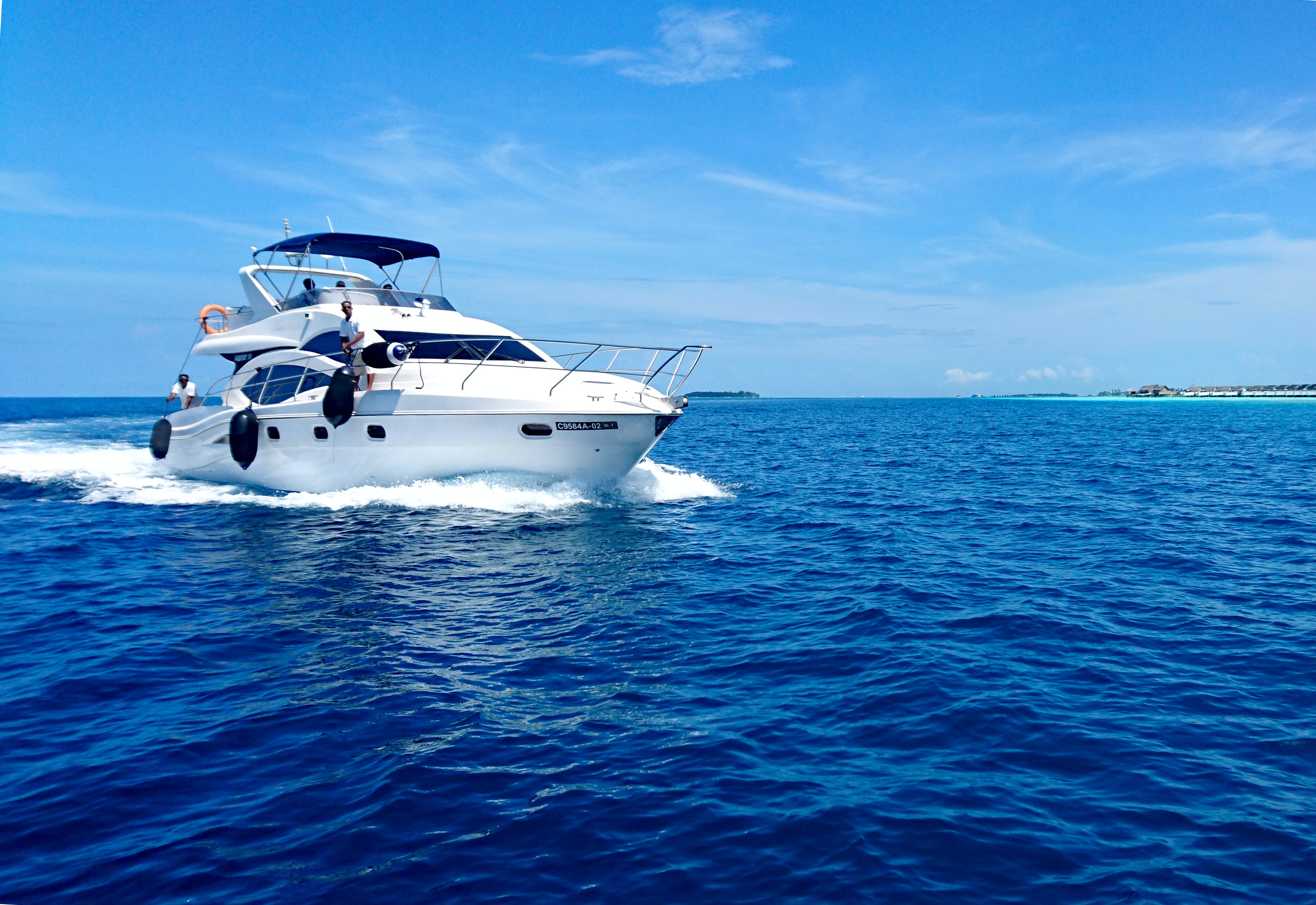Good seamanship requires vessel owners and operators to be aware of and prepare for common recreational boating perils. Once the potential hazards have been identified and assessed, action to reduce the risk becomes a priority. This is where boater experience and education come into play.
Boating Safety Course
Recreational boaters are recommended (and in some instances required) to obtain a boating license and complete a boating safety course. Even if a boating safety course is not mandatory, it’s important to note that informed, prudent operators are more likely to recognize and proactively react to risks.
We recommended enhancing your knowledge with a boating safety course recognized by the United States Coast Guard (USCG) and approved by the National Association of State Boating Law Administrators (NASBLA).
» MORE: Recreational Boating Activity Safety Guide
Monitor Your Environment
The nautical environment is both unique and dynamic. Sudden changes in weather conditions and visibility are common. There may also be loose objects adrift, debris in the water, or nearby vessels that need to be closely monitored.
This means that you must monitor and absorb a wide variety of new information at all times (while also adhering to the ‘rules of the water’) to keep your passengers and vessel safe.
Pre-Departure Safety Briefing
Always conduct a short safety briefing with your passengers before heading out. Familiarize them with the location and safety equipment on board.
The USCG maintains standards for the safety devices that recreational vessels must carry, so make sure these are accessible and in good condition.
Safety equipment requirements will vary based on type, length, and area of operation - but almost all vessels must have:
- Personal Flotation Devices (Life Jackets, Flotation Aids, Throwable Devices): All recreational vessels must have at least one Type I, II, or III personal flotation device that is Coast Guard-approved and of the proper size for each person on board. Should a passenger unexpectedly end up in the water, the PFD is meant to keep the wearer afloat.
- Fire Extinguishers: Marine-rated Class B (5-B or 20-B) fire extinguishers are the class required on most boats.
- Visual Distress Signals (Flares): Provides a visual indication of the distressed vessel’s location and that rescue services are needed.
- Sound Producing Device (Horn): When visibility is reduced, sound-producing devices can effectively alert other vessels in the vicinity of your location.
- Very High Frequency (VHF) Marine Radio: Relays your exact location to the Coast Guard and other nearby rescue services.
» MORE: USCG Requirements for Recreational Vessels
Coast Guard Vessel Safety Checks
The U.S. Coast Guard Auxiliary offers free vessel safety checks. A Vessel Safety Check (VSC) ensures that the vessel complies with federal, state, and local safety requirements. It also ensures you have all essential safety gear and that it's within the specifications required.
Qualified examiners inspect certain aspects of the vessel's overall condition and conduct a check of safety equipment carried or installed. The Coast Guard Auxiliary website can locate the closest volunteer vessel examiners within 30 miles of your location. Simply fill out a request form and an examiner will contact you to set up the VSC.

